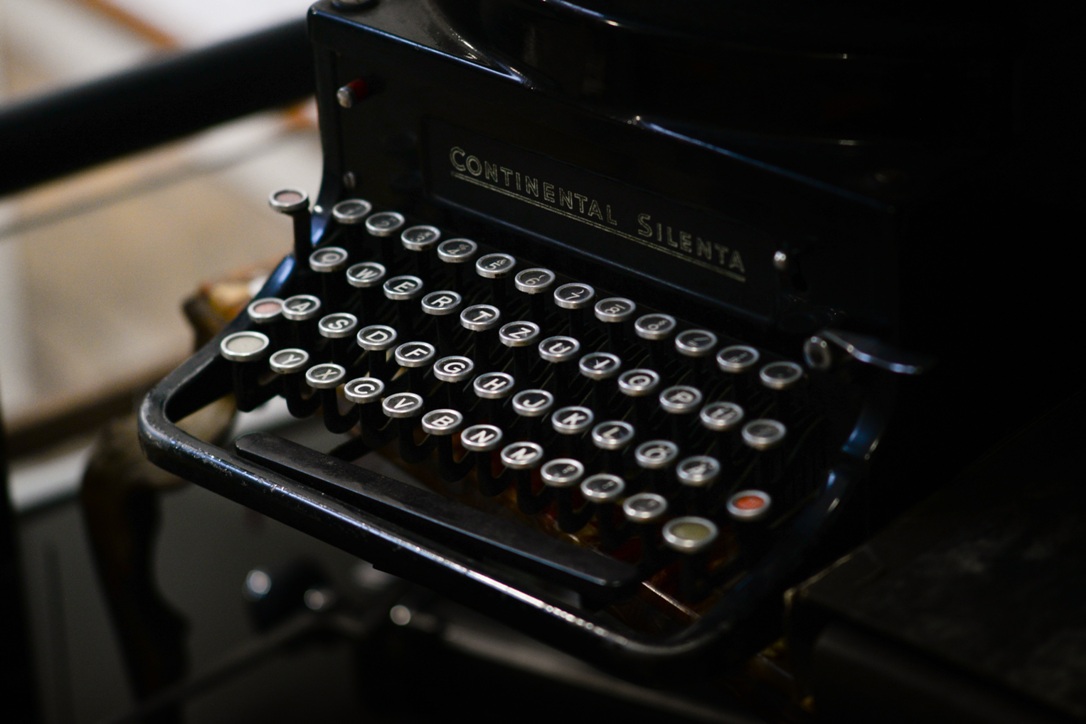Mario Bussagli: A ‘Westerner’s Reflections’ on Indian Art
Abstract:
Indian Art is a much-studied subject, and its history has evoked considerable evaluations throughout the modern era. However, most studies on Indian Art often see it in isolation, limiting it to its geographical, aesthetic, religious, and cultural settings. This has proved to be detrimental in gauging the true reach of Indian Art and Aesthetics as well as in studying its influences through trade and the spread of religion in the last few centuries.
It is in this regard that the studies of Indian Art by Mario Bussagli, an Italian Professor of Art, become extremely important. Bussagli explores Indian Art, not in isolation but rather in its connections with art and aesthetics across Asia and even Europe. This approach towards Indian Art and Aesthetics is significant for a few key reasons. First and foremost, it underlines the importance of Indian Art as a significant aesthetic force which developed over the centuries to form a cultural consciousness of its own. At the same time, it also challenges the conception that Indian Art owed much to aesthetic and cultural influences from outside. Finally, by freeing Indian Art from the notion of Western subjugation, Bussagli initiated a discussion on the ‘connected history’ in art and India’s place in it.
In this essay I attempt to look at and provide an analysis of Bussagli’s views on Indian Art and examine critically the grounds of studying Indian Art in order to understand the true significance of Indian cultural influence in history. At the same time, I offer an analysis of an Italian scholar’s views which provide a contrast with the established tradition of studies of Indian Art and Aesthetics, dominated mainly by Anglophone voices.
It is in this regard that the studies of Indian Art by Mario Bussagli, an Italian Professor of Art, become extremely important. Bussagli explores Indian Art, not in isolation but rather in its connections with art and aesthetics across Asia and even Europe. This approach towards Indian Art and Aesthetics is significant for a few key reasons. First and foremost, it underlines the importance of Indian Art as a significant aesthetic force which developed over the centuries to form a cultural consciousness of its own. At the same time, it also challenges the conception that Indian Art owed much to aesthetic and cultural influences from outside. Finally, by freeing Indian Art from the notion of Western subjugation, Bussagli initiated a discussion on the ‘connected history’ in art and India’s place in it.
In this essay I attempt to look at and provide an analysis of Bussagli’s views on Indian Art and examine critically the grounds of studying Indian Art in order to understand the true significance of Indian cultural influence in history. At the same time, I offer an analysis of an Italian scholar’s views which provide a contrast with the established tradition of studies of Indian Art and Aesthetics, dominated mainly by Anglophone voices.
Readers can download the Abstract and the Article clicking following buttons:


